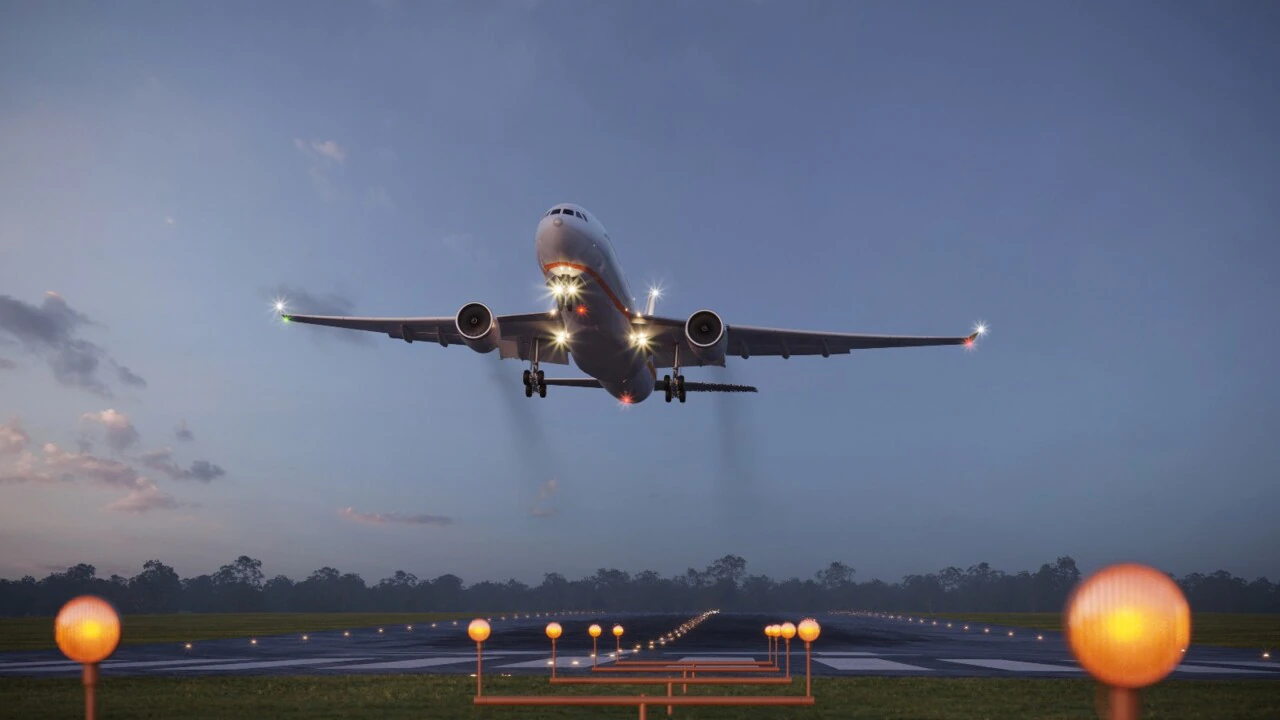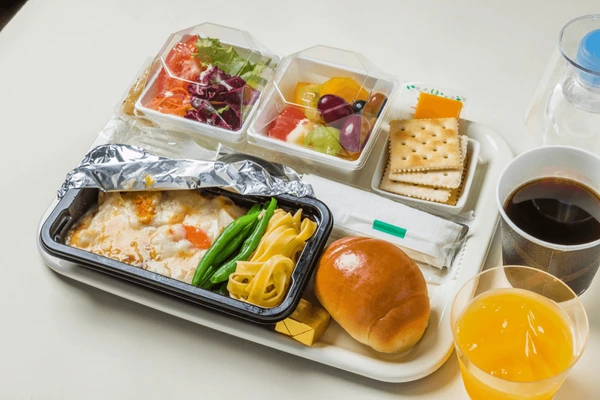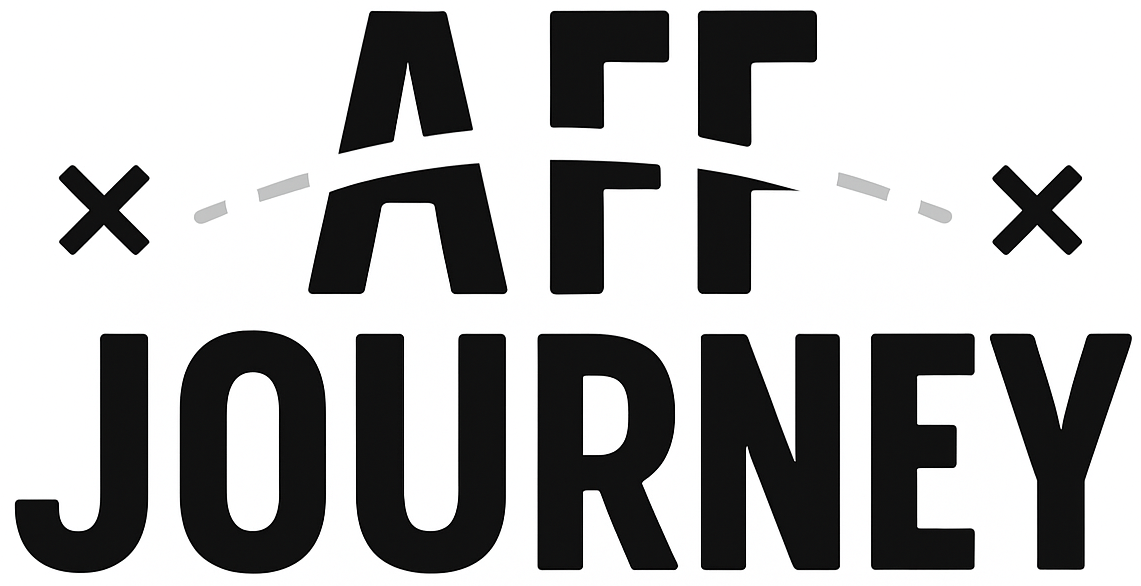© 2025 AffordableJourney. Built with care by our team. All rights reserved.
From Sydney to San Francisco: My Longest Flight Ever (and How I Survived It)
By Jessica Monroe
Jet lag, strange snacks, and the little moments that made it worth it.
Why I Chose to Fly Instead of Break the Trip into Stops
When I told people I was flying direct from Sydney to San Francisco—nearly 14 hours in one sitting—their reactions were a mix of admiration and horror. “Why not stop in Hawaii or Fiji to break it up?” friends asked. It was a valid question. After all, most people prefer to turn a long-haul into an adventure, with a night or two somewhere tropical in between.
But for me, this trip was about efficiency. I had a narrow travel window, a family gathering waiting for me in California, and a strong desire to avoid the hassle of airport transfers, re-checking luggage, and rushing through multiple security lines. I wanted to step on a plane in Sydney, and—ideally—step off in San Francisco in one go.
There was also a part of me that was curious. I’d flown long-hauls before—London to Singapore, Los Angeles to Tokyo—but nothing quite this long. I wanted to know what it felt like to be suspended between continents, to live in that strange, in-between world for over half a day. Would I go stir-crazy? Would I find a meditative rhythm? Or would I just binge-watch movies until my eyes blurred?
I booked the ticket before I could overthink it, and within a few weeks, I was standing at Sydney Airport with a carry-on full of snacks, a neck pillow I wasn’t sure I’d actually use, and a resolve to make it through without losing my mind.

Prepping for the Marathon in the Sky
One thing I quickly learned: surviving a 14-hour flight starts long before you step on the plane. It starts in your packing, your clothing choices, and even what you eat the day before. I did my homework, reading tips from frequent flyers and flight attendants, and came up with a survival plan.
1. Dress Like You’re About to Lounge on the Couch
Forget fashion—comfort was my top priority. I wore loose cotton pants, a breathable t-shirt, and a hoodie for when the cabin temperature inevitably dropped. Compression socks went on under my sneakers, and I brought a soft scarf that doubled as a blanket.
2. Bring the Right Arsenal
Noise-cancelling headphones, a refillable water bottle, a few protein bars, a novel I’d been meaning to read, and a small pouch with lip balm, hand cream, and a travel toothbrush. I also downloaded podcasts and audiobooks for when I didn’t feel like looking at a screen.
3. Hydrate Before You Even Board
Long flights are basically a slow dehydration process. I made a conscious effort to drink plenty of water the day before, avoided alcohol at the airport, and even skipped my usual pre-flight coffee to reduce the chance of feeling jittery.
By the time I reached my gate, I felt like I’d prepared for a minor expedition. I wasn’t going to let the flight “happen” to me—I was going to treat it like a challenge I could manage with the right tools.

Settling Into the Airborne Routine
Once we boarded, I found my seat—a window spot near the back, which I’d chosen for two reasons: fewer bathroom lines and the ability to lean against the side of the plane when sleeping. The cabin buzzed with that mix of excitement and quiet dread that only long-haul flights have. People stashed bags overhead, flipped through safety cards, and negotiated armrest territory.
The first few hours were surprisingly smooth. The crew served dinner not long after takeoff, and I was pleasantly surprised to find the meal edible—grilled chicken with vegetables, a small bread roll, and a square of chocolate cake. I paired it with sparkling water and reminded myself to go easy on the salty snacks.
Then came my favorite part of long flights: settling into a rhythm. I alternated between reading, watching movies, and people-watching. Across the aisle, a teenager in a hoodie had already curled up and was asleep before the seatbelt sign went off. Two rows ahead, a man methodically worked his way through a sudoku book.
About six hours in, the cabin went dark. Some passengers immediately pulled their eye masks down; others scrolled through their phones, bathed in the glow of the screen. I tried sleeping, but my brain was still in “day mode,” so I put on a calming podcast and let the white noise of the engines lull me into a half-doze.
The strange thing about a long-haul flight is how quickly you lose your sense of time. Without natural light cues, the hours blur. You wake up not knowing if you’ve been asleep for ten minutes or two hours. Meals appear like clockwork, though you’re never quite sure if it’s breakfast, lunch, or dinner in your current time zone.

The Strange Snacks and Little Moments That Kept Me Going
Long flights are full of small, unexpected joys—little breaks in the monotony that make you smile. On this flight, they came in the form of snacks and tiny acts of kindness.
Around hour eight, the crew passed through with a snack cart, offering a mix of fruit cups, chips, and something I’d never tried before: Tim Tam biscuits. I’d heard of them, but tasting one at 35,000 feet felt like a rite of passage. Rich, chocolatey, and just the right amount of indulgence.
There was also the mid-flight stretch session. About ten of us gathered in the space near the galley to do makeshift yoga—arm circles, toe touches, and calf stretches—while laughing about how silly we must look. A flight attendant even joined in, balancing on one leg while demonstrating a quad stretch.
Then there was the quiet camaraderie. At one point, my water bottle rolled under the seat in front of me, and before I could even bend down, the passenger in that seat reached back, grabbed it, and handed it to me with a smile. It was such a small thing, but it reminded me that even in this cramped, artificial environment, people could still be thoughtful.
By the time the second meal service rolled around—breakfast this time—I was feeling surprisingly okay. Scrambled eggs, a warm croissant, and a side of fruit gave me just enough energy for the final few hours.

Landing and the Aftermath
As the captain announced our descent into San Francisco, I felt that familiar mix of relief and disbelief. Fourteen hours in a metal tube, and here we were—gliding over the Bay, the city’s skyline visible in the distance.
Stepping off the plane was like waking from a long dream. The terminal felt too bright, too loud. My legs ached, my hair was doing something unexplainable, and I was suddenly aware that my internal clock was somewhere over the Pacific.
Then came the jet lag. The first 24 hours were a blur—nodding off mid-conversation, waking up at 3 a.m., feeling inexplicably hungry at 10 p.m. But as I adjusted, I realized something: I didn’t regret the direct flight. Yes, it was long, yes, it was tiring—but it also gave me a strange kind of satisfaction. I’d done it. I’d taken on the marathon and made it to the other side.
And maybe, just maybe, I’d do it again someday—armed with compression socks, Tim Tams, and a whole lot of downloaded podcasts.




